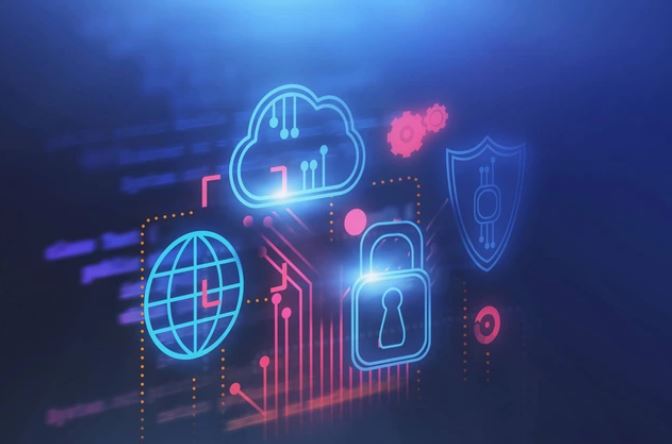
IAM has become a broad term describing a “user identity management” system.
IAM is often the central source of truth for an organization’s identities, taking in users and groups from spreadsheets or other sources, normalizing them into one place. Identity information can be used by several IT systems within an organization.
The IAM itself may or may not have a direct connection to the cloud services that applications rely on, such as authentication and authorization for your company’s Salesforce.com instance.
CIAM-based identity management adds a layer of abstraction beyond IAM functionality by adding the concept of “context” to those users who are authenticated.
What is CIAM authentication, and why do you need it?
What is CIAM? CIAM stands for customer identity and access management. It is a greater concept that encompasses your company’s IAM system, which manages users and their permissions within the business. CIAM goes beyond this to create an entirely abstracted level of securing applications and services.
IAM has become more complicated as enterprises have managed multiple cloud applications from a variety of vendors. IAM also allows you to manage your users’ previously set up, which can save a lot of time and money.
A customer has identified that there is a problem with their current IAM strategy, so they have requested an analysis from their cloud services provider about how it should best be fixed. The following is a quote from their request:
“Our customer has requested we provide a report that outlines the necessary steps to help secure their IAM strategy. Their current strategy appears to have some weaknesses that are being abused by hackers at the same time they are not aware of who is doing what within their organization.”
How does CIAM authentication work? What are the benefits?
CIAM is offered by most cloud service providers that integrate with your Active Directory or LDAP server, or offer an equivalent. It provides the ability to grant access to cloud services based on who is making the request instead of what device they are using.
This has many benefits over the traditional password based authentication systems. CIAM becomes increasingly important as enterprise mobility management becomes more prevalent. The need for a comprehensive identity and access management infrastructure increases with the number of systems that employees use to access company resources.
How can your business get started with CIAM?
To get started with CIAM, your business will have to get an Identity Provider account. This is one of the easiest steps in the process, so I would recommend starting here.
Then you’ll want to get a Service Provider account because this is where you will manage your users who are authenticating at your applications.
Once you have both accounts, it’s time to implement CIAM in your applications.
Are there any risks associated with using CIAM authentication?
Of course. One of the biggest risks is that you’ll get too used to CIAM authentication and will forget the other ways you can authenticate users. That’s why it’s important to implement CIAM with other authentication methods. A popular combination is using SamlAuth, which works by generating temporary tokens for your application when a user logs in via Google. This token can authenticate the user against the application.
Key Takeaways about CIAM authentication
In conclusion, CIAM has a lot of benefits and is one of the best authentication methods you can implement for your users. In fact, CIAM is getting so popular that even OpenID Connect supports it out of the box. What makes CIAM so great is the fact that it provides a lot of security to your end users, allowing you to set granular permissions on every API call.
You may be interested in: 4 Ways To Keep Your Business Secure in The Digital Age

